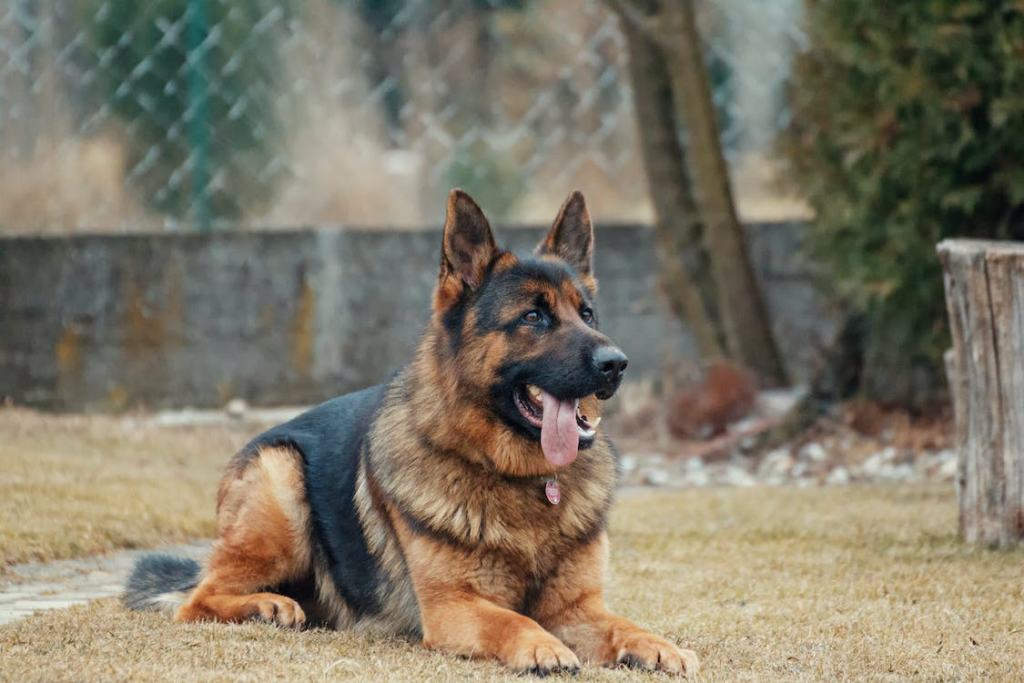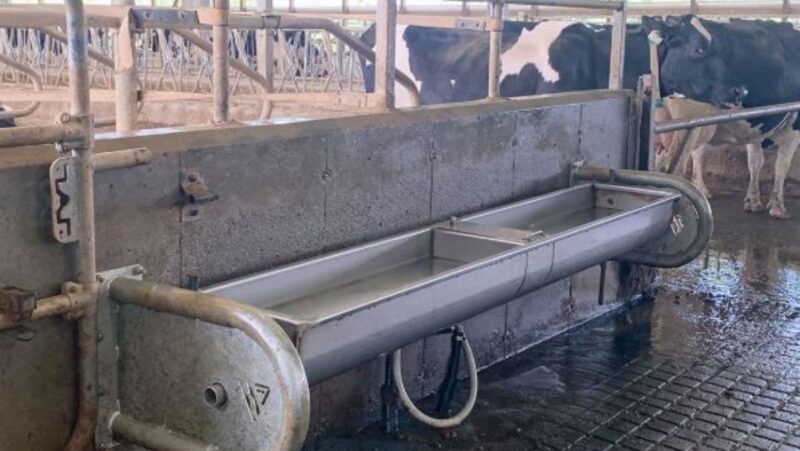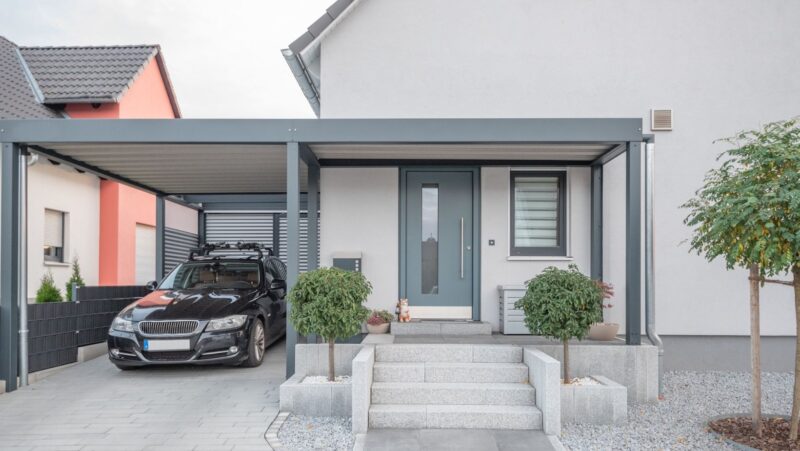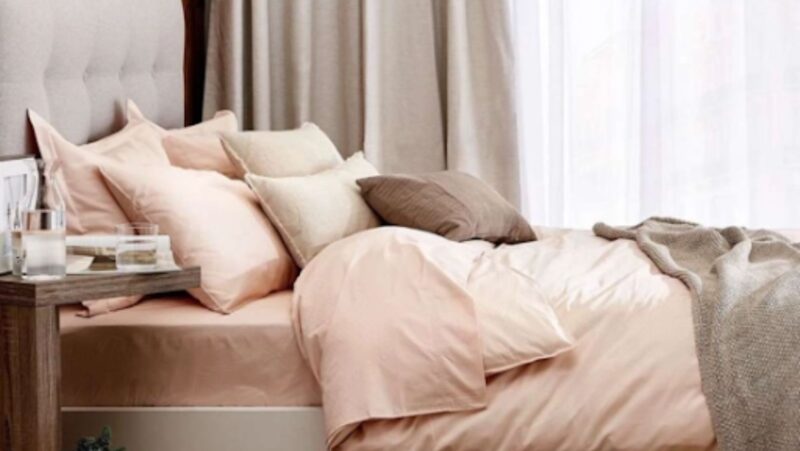
As dog lovers, we understand that our four-legged friends are more than just pets – they’re part of the family. We want them to feel comfortable, happy, and safe in their living environment. This guide will provide insights and practical tips on how you can create an inviting, stimulating, and dog-friendly habitat in your home. Whether you’re bringing home a new puppy or making modifications for an older dog, these recommendations will help you ensure that your pet’s living environment fits their needs and adds to their general well-being.
Make Sure Their Food Area Is Taken Care Of
The area where your dog eats and drinks should be a consistently clean, easily accessible space. Consider placing their food and water bowls in a quiet location away from high-traffic areas to minimize disturbances during mealtimes. Regularly clean the bowls to prevent the growth of bacteria and the build-up of food residues. If your dog is on a low fat raw dog foods diet, consider using stainless steel or ceramic bowls to avoid potential hazards from plastic materials. Additionally, ensure your dog always has access to fresh water throughout the day. This is especially important during hot weather or if your dog is active.
Designing a Cozy Corner
Creating a cozy corner for your dog is a crucial aspect of making them feel safe and secure in their living environment. This dedicated space for your dog to relax and retreat can include a comfortable bed, blanket, and maybe even a few favorite toys. Consider the dog’s size when choosing a bed or blanket to ensure they can comfortably sprawl out.
The corner should be in a quiet, low-traffic area of the house, away from constant noise and movement that could interrupt their rest. Position it near a window so your dog can enjoy the warmth of the sun and watch the world go by. This corner should be ‘their place,’ a haven where they can relax whenever they need to. Regularly clean any bedding or toys in this area to maintain a clean and hygienic environment.
Choosing Dog-Friendly Furniture
When furnishing your home, consider opting for dog-friendly furniture. This involves selecting durable and easy-to-clean materials like leather or synthetic fabrics. These materials can withstand scratching and are easy to wipe down in case of spills or accidents. Avoid light-colored furniture, as it can easily show stains and fur.

Invest in furniture with sturdy construction that can withstand the weight of a dog jumping up on it. An unsteady piece can pose a risk of injury to your pet. Furthermore, consider the height of the furniture. Low furniture is better for small or older dogs who may struggle to climb onto higher surfaces.
Also, consider your dog’s behavior. If they enjoy looking out the window, a strategically placed ottoman or bench could give them the perfect perch. Alternatively, if they prefer hiding out in cozy spaces, a table with an under-space could become their favorite spot. Creating a dog-friendly environment doesn’t mean sacrificing style. With careful selection and placement, your furniture can be both chic and functional for your canine companion.
Creating Interactive Play Areas
The incorporation of interactive play areas in your home can significantly enhance your dog’s physical and mental stimulation. These spaces can include various toys, puzzles, and obstacles that encourage active play and cognitive engagement.
When choosing toys, consider durability and safety. Interactive toys like puzzle feeders or squeaky toys can keep your dog entertained for hours while also stimulating their problem-solving skills. Always supervise your pet during playtime to ensure they don’t accidentally ingest parts of the toys.

For a fun obstacle course, use safe household items like boxes or soft furniture. Make sure the area is free of any sharp objects or items your dog might chew on. Changing the arrangement of the obstacles periodically can provide new challenges and keep the play area exciting for your dog.
If space allows, consider investing in a small indoor agility set. This can include jumps, tunnels, and weave poles. Agility exercises not only provide physical exercise but also improve coordination and provide mental stimulation.
In conclusion, creating a nice living environment for your dog involves careful consideration of their needs and behaviors. From food and sleeping areas to furniture and play spaces, these elements contribute to their overall well-being and happiness. By implementing the tips in this guide, you can ensure that your beloved furry friend has a comfortable and stimulating home to thrive in. So go ahead, make some changes, and see the wagging tail as your dog enjoys their new and improved living environment.












